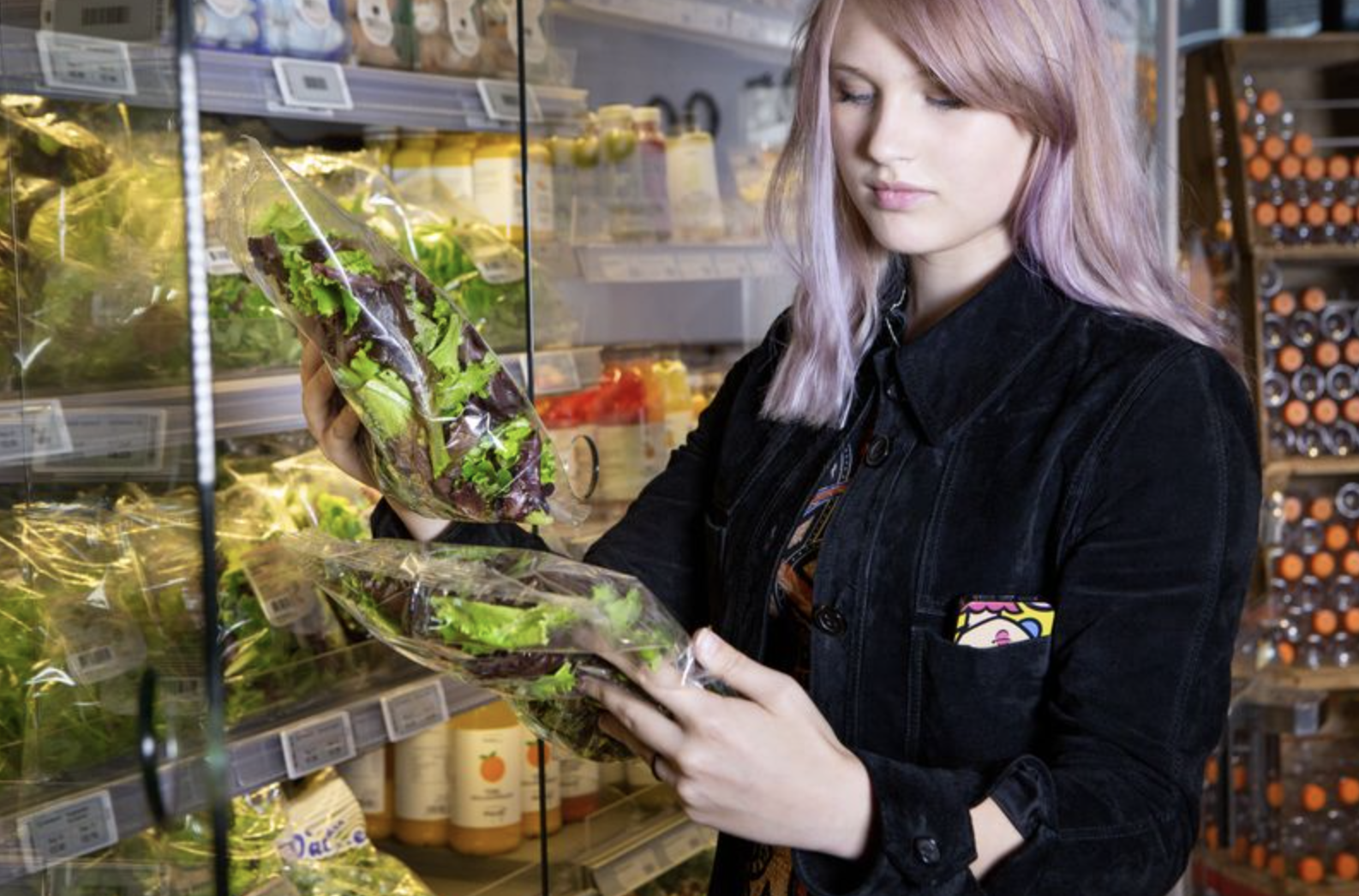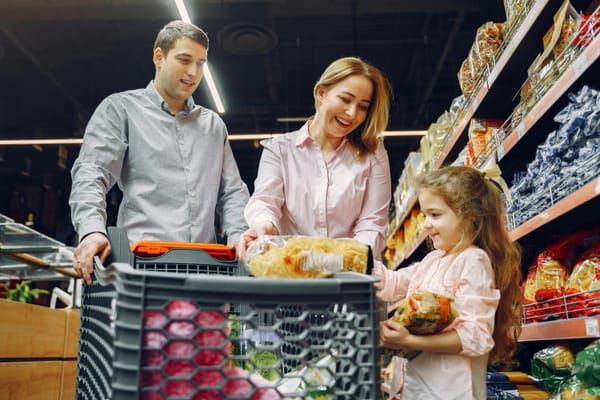Fresh point of View. Europe 🇪🇺 Vs USA 🇺🇸

In today's rapidly evolving retail environment, it's essential for supermarket executives to stay well-informed about regional consumer behavior and market practices. Adding a touch of sustainability to our understanding can help align strategies with the growing demand for eco-friendly solutions.
American Supermarkets
Bulk Buying Preferences:
American shoppers favor bulk purchasing for its economic convenience. To cater to this, supermarkets can offer promotions like "buy one, get one free," effectively addressing this demand while reducing packaging waste through innovative bundling options.
Pre-Packaged Convenience:
Pre-packaged produce offers undeniable convenience, a major draw for busy Americans. From pre-cut veggies to ready-to-eat salads, these options cater to fast-paced lifestyles. However, supermarkets can bridge the gap between convenience and sustainability by exploring eco-friendly packaging solutions.
Wide Variety and Seasonal Imports:
There is an expectation for a diverse range of fruits and vegetables year-round. To meet this, U.S. supermarkets import produce from around the world. Sustainable sourcing practices and reduced carbon footprint logistics can ensure this variety does not come at the expense of our planet.

European Supermarkets
Frequent, Smaller Trips:
European consumers tend to shop more frequently for fresh produce, often several
times a week, driven by cultural practices and urban design. This habitual shopping supports local markets and fosters sustainable consumption patterns. Supermarkets can enhance this experience by promoting seasonal and local produce.
Local and Seasonal Focus:
There's a strong preference for locally sourced and seasonal produce in Europe.
Consumers value the freshness and flavor of seasonal items and prioritize sustainability by supporting local farmers. Highlighting local suppliers can boost consumer trust and loyalty, aligning with eco-conscious shopping habits.
Minimal Packaging:
With an increasing focus on environmental consciousness, European shop
pers prefer minimal packaging. Loose fruit and vegetables are common, and supermarkets can further reduce plastic usage by exploring innovative packaging solutions, thereby supporting frequent small-quantity shopping patterns.

Key Differences in Produce Handling and Display
Product Handling:
In American supermarkets, produce is handled with an emphasis on visual appeal and longevity, often involving refrigeration and preservatives to extend freshness. In contrast, European supermarkets prioritize the natural state of produce, even if this results in a shorter shelf life. Emphasizing natural products can appeal to a growing base of eco-conscious consumers on both sides of the Atlantic.
Display and Aesthetics:
The approach to produce displays varies significantly. U.S. supermarkets arrange
produce to create eye-catching presentations that encourage bulk purchases. In
Europe, the focus is on simple and functional displays, presenting produce in a natural, market-like setting. Aligning display strategies with sustainability principles can enhance the shopping experience and support eco-friendly values.
Technology and Innovation
Self-Checkout Kiosks:
In American supermarkets, self-checkout kiosks are widespread, enhancing the
convenience of the shopping experience. Europe displays a mix, with some regions still favoring traditional cashier-staffed checkouts. Offering both options can cater to diverse preferences while also exploring energy-efficient technologies to reduce the carbon footprint of these systems.
Online Shopping and Delivery:
The rise of online shopping and home delivery is evident in both markets, with nuanced differences. In the U.S., convenience is key, with many opting for delivery services bringing a week's worth of groceries to their doorstep. In Europe, the focus is on quick, local deliveries suited to frequent, smaller purchases. Sustainable delivery methods, such as electric vehicles or bicycle couriers, can cater to these trends while minimizing environmental impact.
Supply-chain Improvement Solutions:
Based on Wasteless experience, we see a very positive trend in betting for cutting-edge technologies such as Dynamic Markdowns optimized with AI. However, ROI in the US is quicker to prove due to higher volume stores, a broader assortment of products, and higher price sensitivity which directly impacts waste volumes and shrinkage %. US retailers, therefore, tend to be faster in trying and investing in technological advancements compared with European supermarkets.
Consumer Preferences
Health and Wellness Trends:
Consumer preferences are increasingly driven by health and wellness trends,
manifesting differently across regions. In the U.S., there's a robust demand for organic and non-GMO labelled produce, while European shoppers equally value organic produce with a broader emphasis on food quality and provenance. Supermarkets can capitalize on these trends by ensuring transparency and sustainability in their sourcing practices.

Pricing Sensitivities:
Price sensitivity continues to influence buying behavior. American consumers often seek promotional deals and bulk discounts, reflecting a value-for-money mindset. In contrast, European shoppers might pay a premium for higher-quality, locally-sourced, and sustainably-sourced products. Supermarkets can balance pricing strategies with ethical considerations, providing value while supporting sustainable practices.
Conclusion
These insights into regional consumer behavior and market practices between the U.S. and Europe can guide supermarket executives in tailoring strategies effectively.
Embracing sustainability in product sourcing, packaging, display, and technological innovation can lead to enhanced customer satisfaction, operational efficiency, and a positive environmental impact.





